Презентация lectures on translation

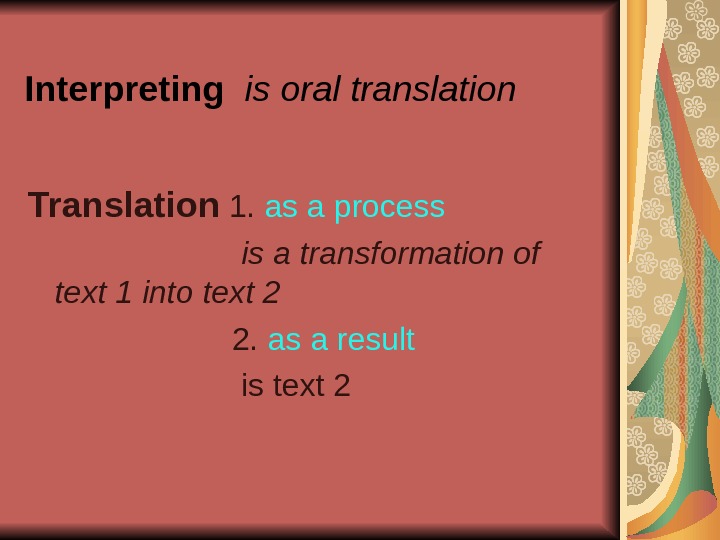
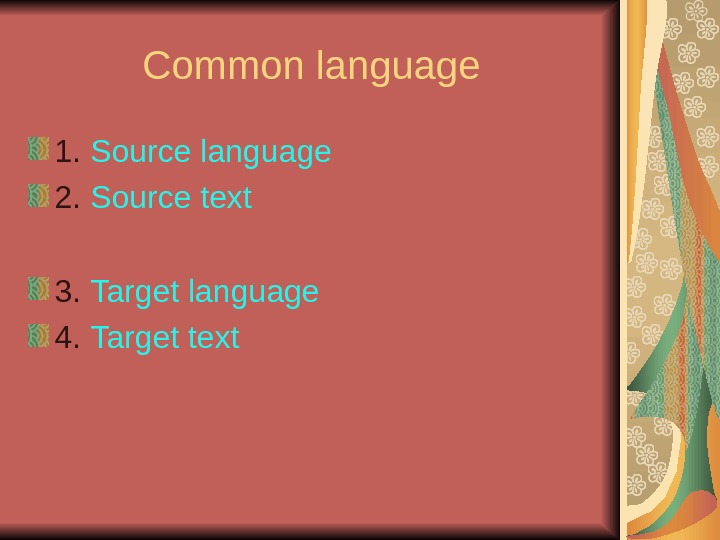
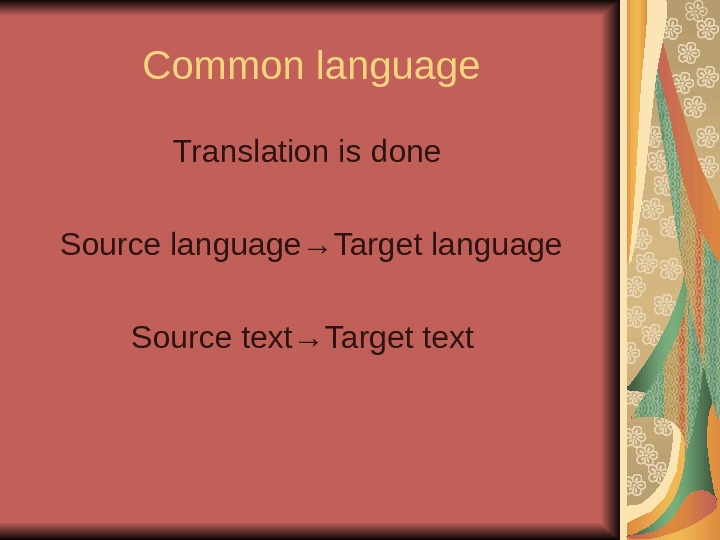
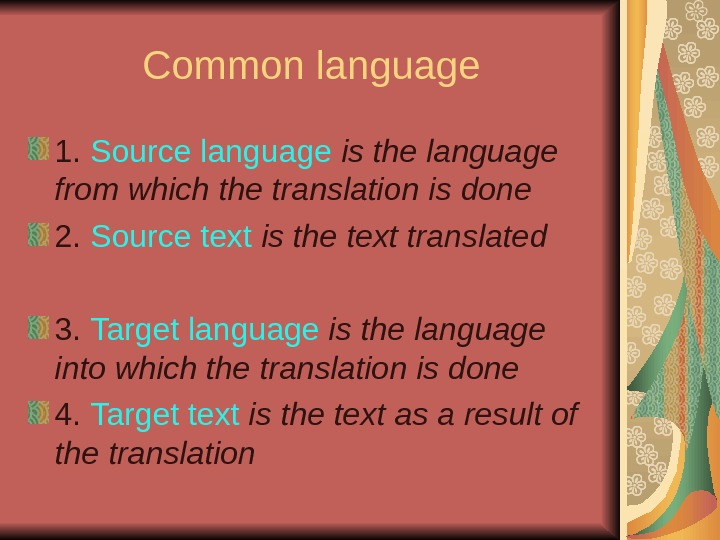

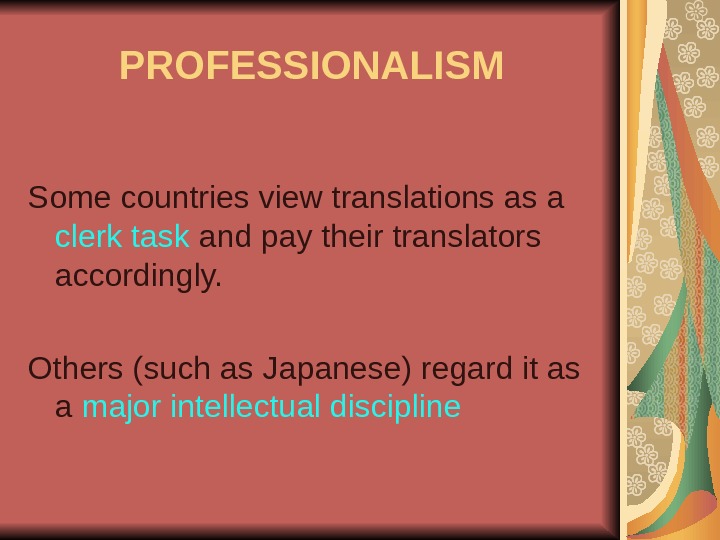
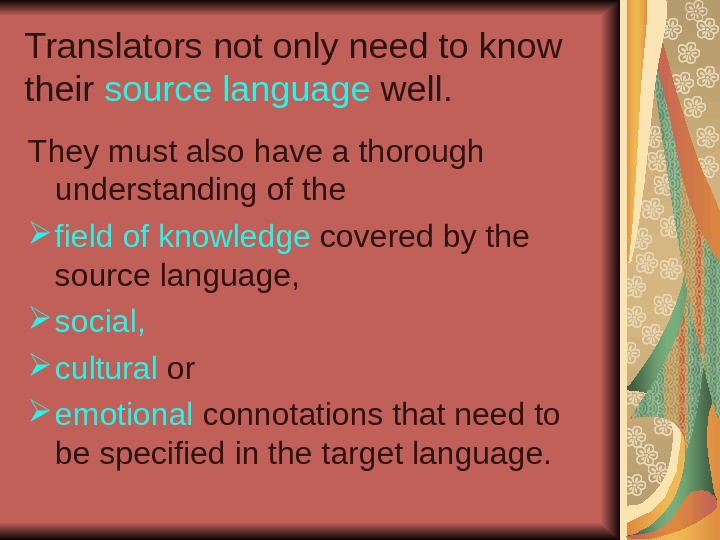
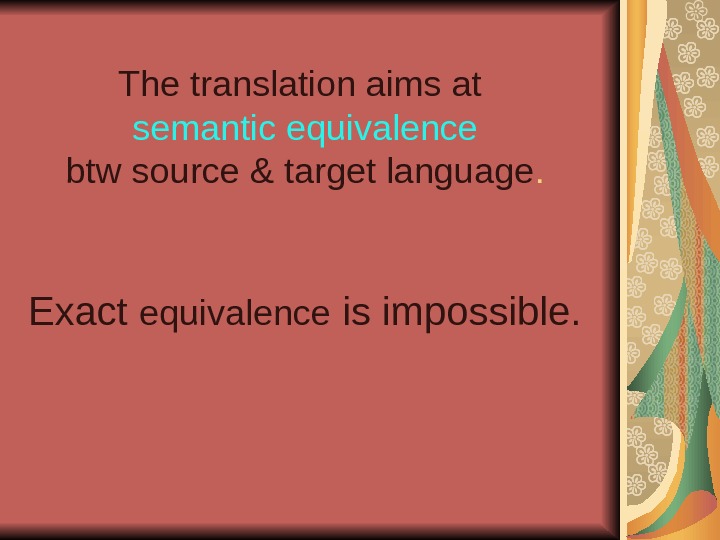

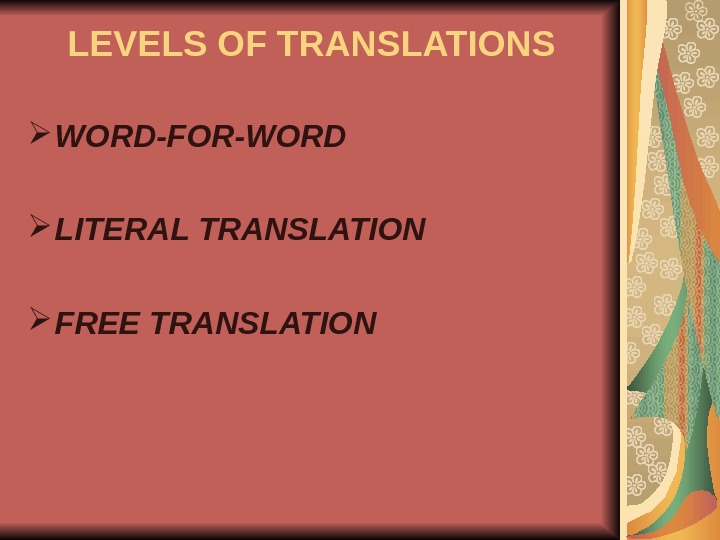
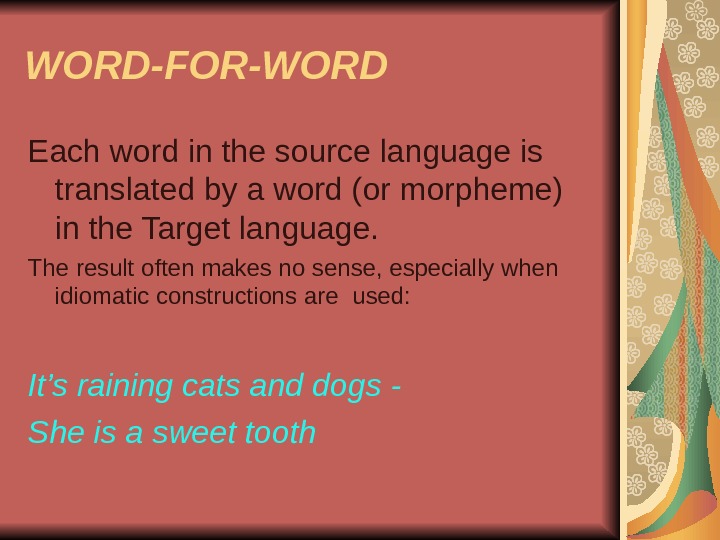
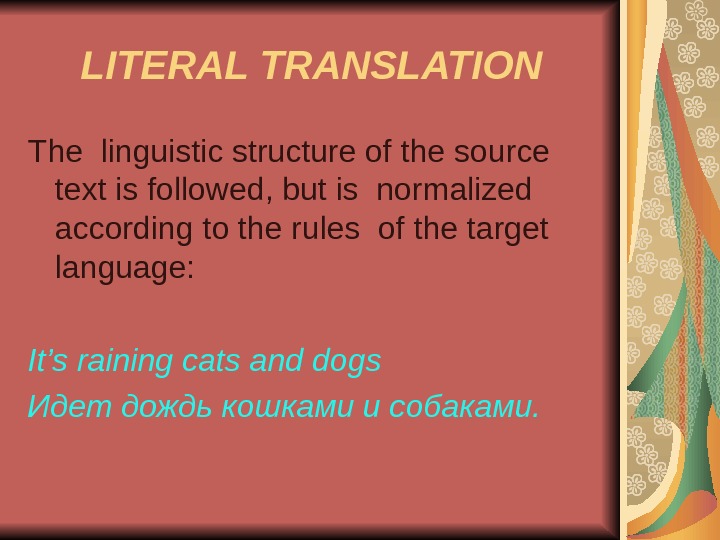
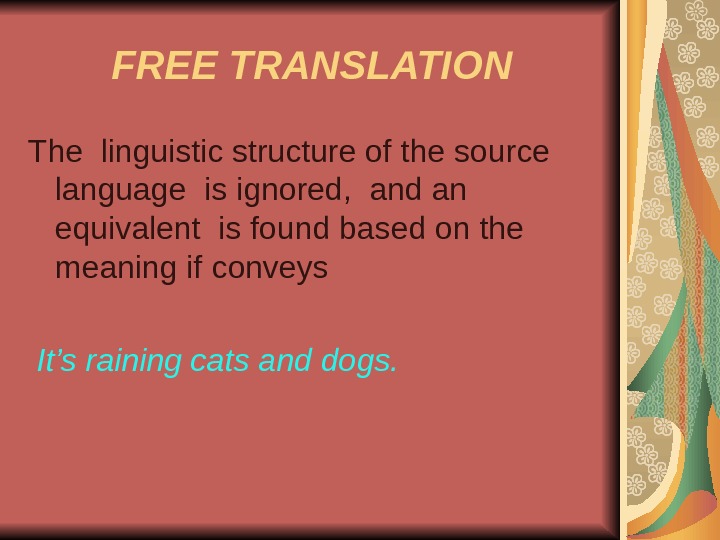
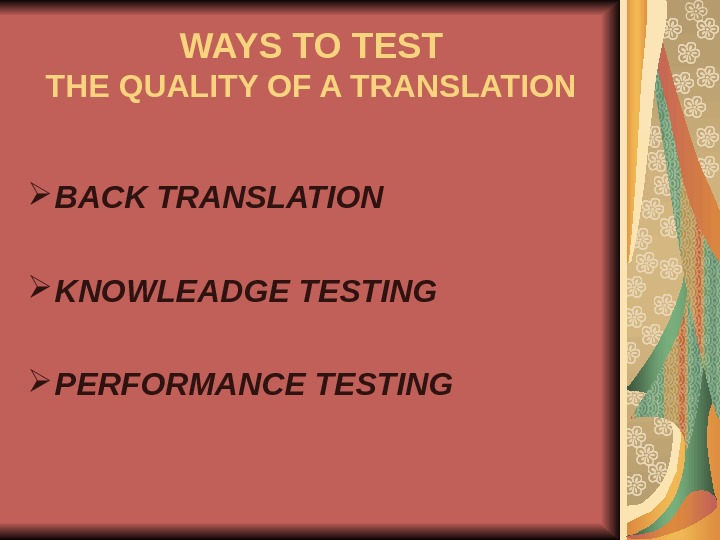
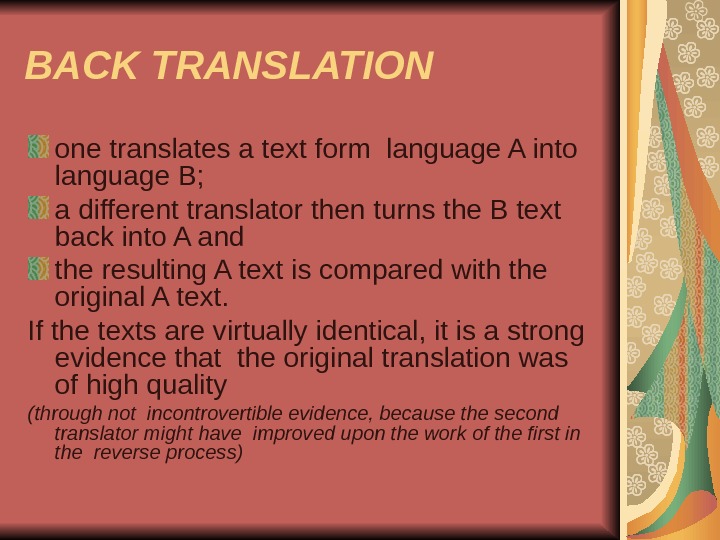
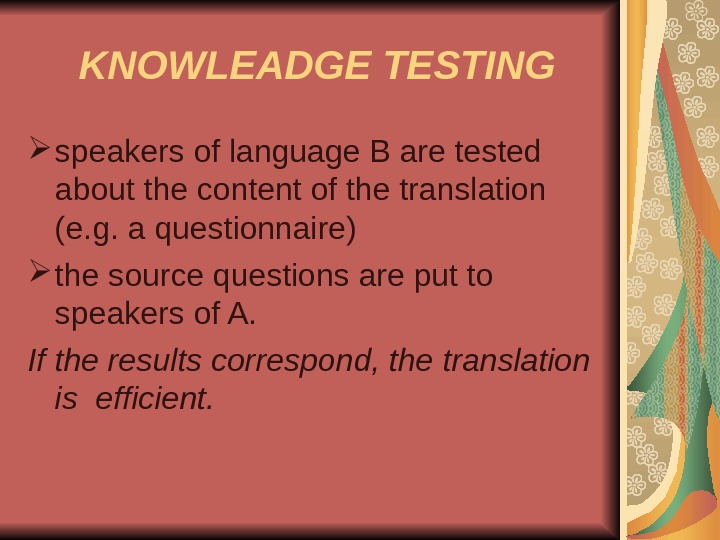
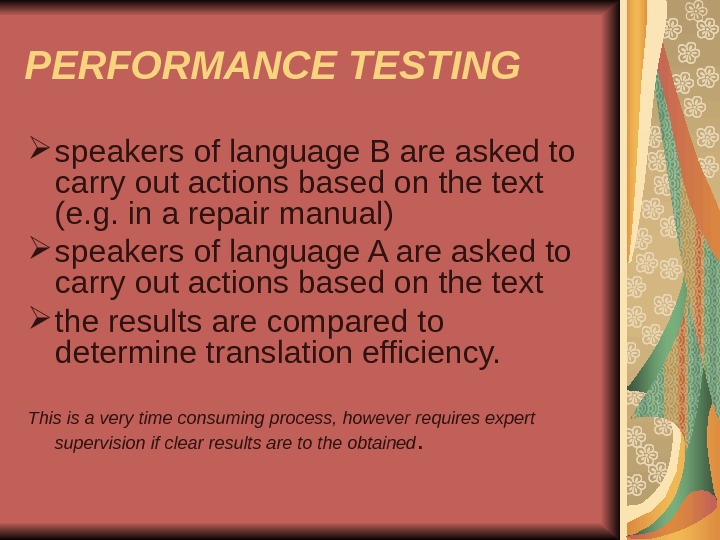
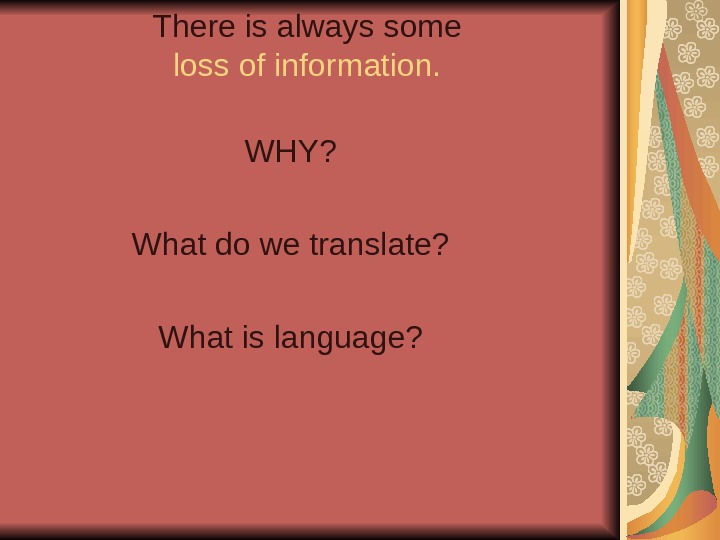

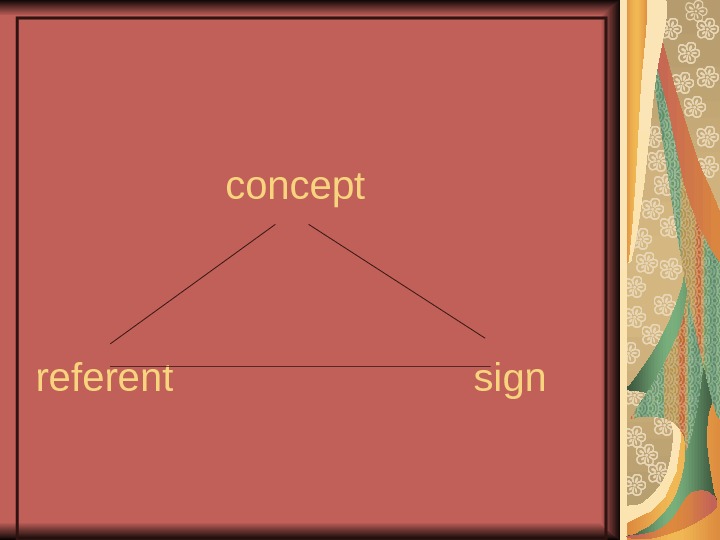
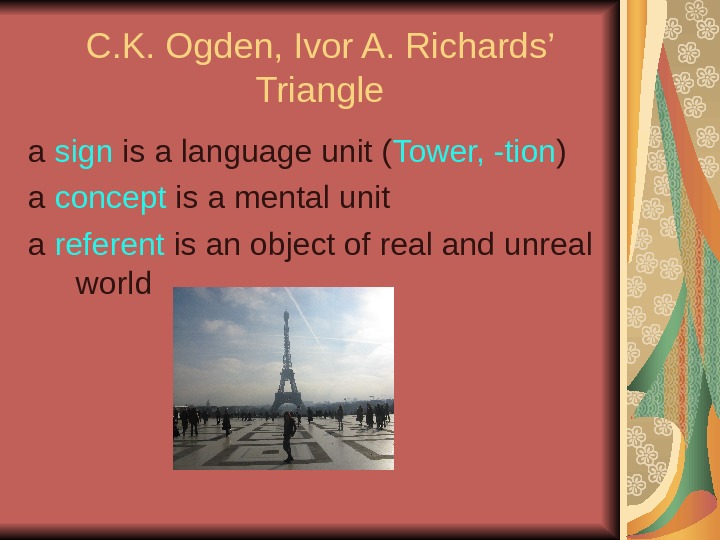


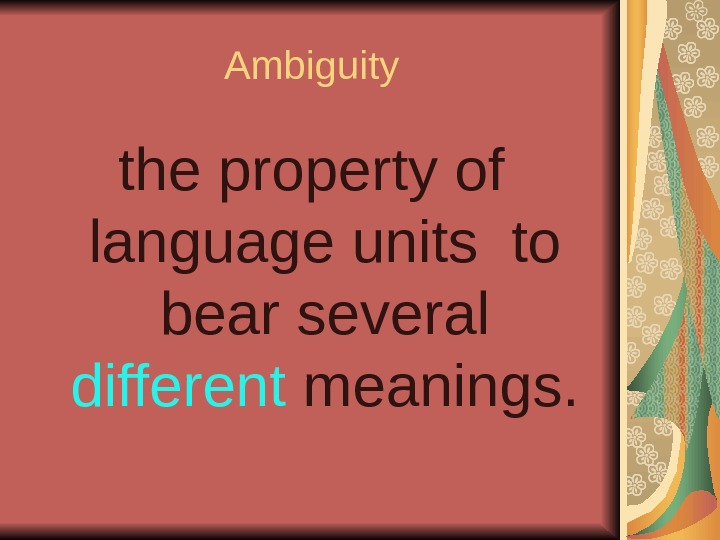

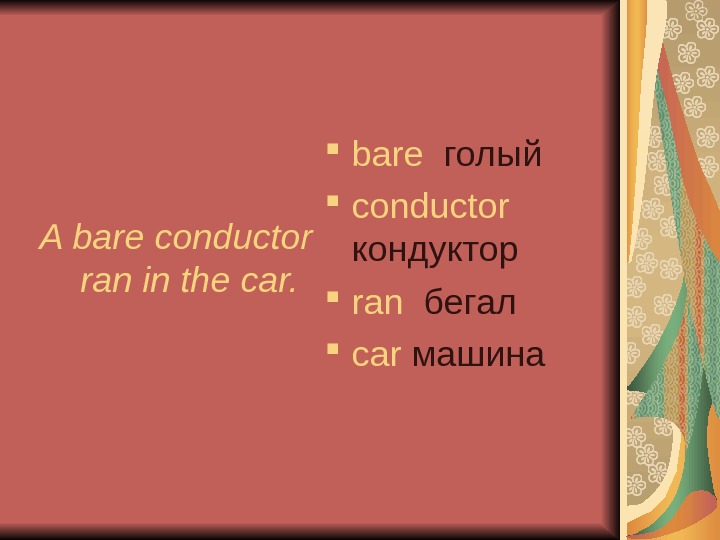

- Размер: 1.6 Mегабайта
- Количество слайдов: 28
Описание презентации Презентация lectures on translation по слайдам
 Translation Theory M. Solnyshkina Interpreting is not everybody’s art Interpreting Translation
Translation Theory M. Solnyshkina Interpreting is not everybody’s art Interpreting Translation
 Interpreting is oral translation Translation 1. as a process is a transformation of text 1 into text 2 2. as a result is text
Interpreting is oral translation Translation 1. as a process is a transformation of text 1 into text 2 2. as a result is text
 Common language 1. Source language 2. Source text 3. Target language 4. Target text
Common language 1. Source language 2. Source text 3. Target language 4. Target text
 Common language Translation is done Source language→Target language Source text→Target text
Common language Translation is done Source language→Target language Source text→Target text
 Common language 1. Source language is the language from which the translation is done 2. Source text is the text translated 3. Target language is the language into which the translation is done 4. Target text is the text as a result of the translation
Common language 1. Source language is the language from which the translation is done 2. Source text is the text translated 3. Target language is the language into which the translation is done 4. Target text is the text as a result of the translation
 PROFESSIONALISM Translators aim to produce a text that is as faithful to the original as circumstances require or permit. Translators aim to to be “ invisible people ”- transferring content without drawing attention to the considerable artistic and technical skills involved in the process.
PROFESSIONALISM Translators aim to produce a text that is as faithful to the original as circumstances require or permit. Translators aim to to be “ invisible people ”- transferring content without drawing attention to the considerable artistic and technical skills involved in the process.
 PROFESSIONALISM Some countries view translations as a clerk task and pay their translators accordingly. Others (such as Japanese) regard it as a major intellectual discipline
PROFESSIONALISM Some countries view translations as a clerk task and pay their translators accordingly. Others (such as Japanese) regard it as a major intellectual discipline
 Translators not only need to know their source language well. They must also have a thorough understanding of the field of knowledge covered by the source language, social, cultural or emotional connotations that need to be specified in the target language.
Translators not only need to know their source language well. They must also have a thorough understanding of the field of knowledge covered by the source language, social, cultural or emotional connotations that need to be specified in the target language.
 The translation aims at semantic equivalence btw source & target language. Exact equivalence is impossible.
The translation aims at semantic equivalence btw source & target language. Exact equivalence is impossible.
 No perfect parallel No translator could provide a translation that was a perfect parallel to the source text, in such aspects as rhythm, sound symbolism, puns, and cultural allusions .
No perfect parallel No translator could provide a translation that was a perfect parallel to the source text, in such aspects as rhythm, sound symbolism, puns, and cultural allusions .
 LEVELS OF TRANSLATIONS WORD-FOR-WORD LITERAL TRANSLATION FREE TRANSLATION
LEVELS OF TRANSLATIONS WORD-FOR-WORD LITERAL TRANSLATION FREE TRANSLATION
 WORD-FOR-WORD Each word in the source language is translated by a word (or morpheme) in the Target language. The result often makes no sense, especially when idiomatic constructions are used: It’s raining cats and dogs — She is a sweet tooth
WORD-FOR-WORD Each word in the source language is translated by a word (or morpheme) in the Target language. The result often makes no sense, especially when idiomatic constructions are used: It’s raining cats and dogs — She is a sweet tooth
 LITERAL TRANSLATION The linguistic structure of the source text is followed, but is normalized according to the rules of the target language: It’s raining cats and dogs Идет дождь кошками и собаками.
LITERAL TRANSLATION The linguistic structure of the source text is followed, but is normalized according to the rules of the target language: It’s raining cats and dogs Идет дождь кошками и собаками.
 FREE TRANSLATION The linguistic structure of the source language is ignored, and an equivalent is found based on the meaning if conveys It’s raining cats and dogs.
FREE TRANSLATION The linguistic structure of the source language is ignored, and an equivalent is found based on the meaning if conveys It’s raining cats and dogs.
 WAYS TO TEST THE QUALITY OF A TRANSLATION BACK TRANSLATION KNOWLEADGE TESTING PERFORMANCE TESTING
WAYS TO TEST THE QUALITY OF A TRANSLATION BACK TRANSLATION KNOWLEADGE TESTING PERFORMANCE TESTING
 BACK TRANSLATION one translates a text form language A into language B; a different translator then turns the B text back into A and the resulting A text is compared with the original A text. If the texts are virtually identical, it is a strong evidence that the original translation was of high quality (through not incontrovertible evidence, because the second translator might have improved upon the work of the first in the reverse process)
BACK TRANSLATION one translates a text form language A into language B; a different translator then turns the B text back into A and the resulting A text is compared with the original A text. If the texts are virtually identical, it is a strong evidence that the original translation was of high quality (through not incontrovertible evidence, because the second translator might have improved upon the work of the first in the reverse process)
 KNOWLEADGE TESTING speakers of language B are tested about the content of the translation (e. g. a questionnaire) the source questions are put to speakers of A. If the results correspond, the translation is efficient.
KNOWLEADGE TESTING speakers of language B are tested about the content of the translation (e. g. a questionnaire) the source questions are put to speakers of A. If the results correspond, the translation is efficient.
 PERFORMANCE TESTING speakers of language B are asked to carry out actions based on the text (e. g. in a repair manual) speakers of language A are asked to carry out actions based on the text the results are compared to determine translation efficiency. This is a very time consuming process, however requires expert supervision if clear results are to the obtained.
PERFORMANCE TESTING speakers of language B are asked to carry out actions based on the text (e. g. in a repair manual) speakers of language A are asked to carry out actions based on the text the results are compared to determine translation efficiency. This is a very time consuming process, however requires expert supervision if clear results are to the obtained.
 There is always some loss of information. WHY? What do we translate? What is language?
There is always some loss of information. WHY? What do we translate? What is language?
 C. K. Ogden, Ivor A. Richards MIND WORLD LANGUAG
C. K. Ogden, Ivor A. Richards MIND WORLD LANGUAG
 concept referent sign
concept referent sign
 C. K. Ogden, Ivor A. Richards’ Triangle a sign is a language unit ( Tower, -tion ) a concept is a mental unit a referent is an object of real and unreal world
C. K. Ogden, Ivor A. Richards’ Triangle a sign is a language unit ( Tower, -tion ) a concept is a mental unit a referent is an object of real and unreal world
 NO direct link According to common scientific opinion there may never be a direct link between the sign, the object and the referent.
NO direct link According to common scientific opinion there may never be a direct link between the sign, the object and the referent.
 concept referent sign
concept referent sign
 Ambiguity the property of language units to bear several different meanings.
Ambiguity the property of language units to bear several different meanings.
 Какие женщины на нас бросают взоры.
Какие женщины на нас бросают взоры.
 A bare conductor ran in the car. bare голый с onductor кондуктор ran бегал с ar машина
A bare conductor ran in the car. bare голый с onductor кондуктор ran бегал с ar машина
 A bare conductor ran in the car. bare оголенный с onductor провод ran был проложен с ar вагон
A bare conductor ran in the car. bare оголенный с onductor провод ran был проложен с ar вагон
